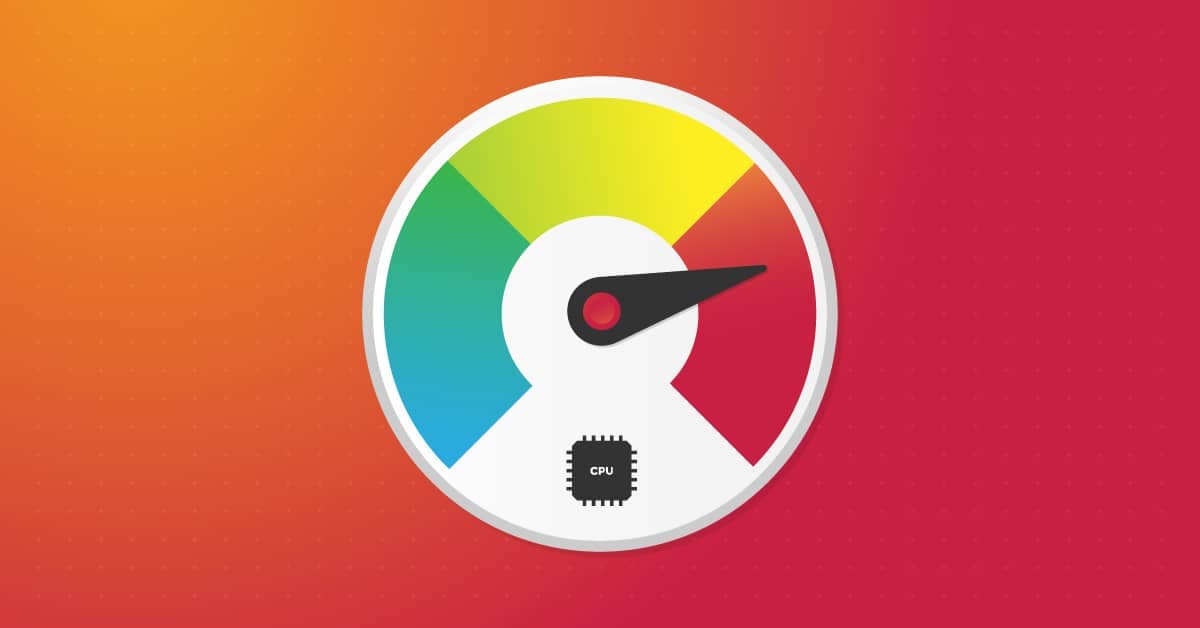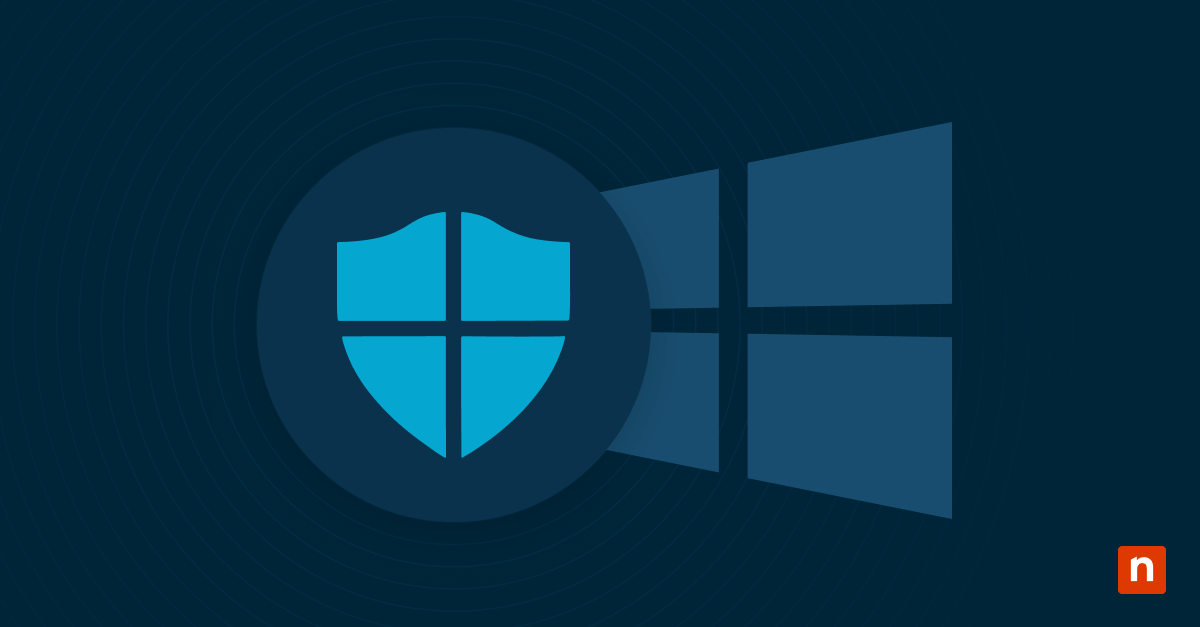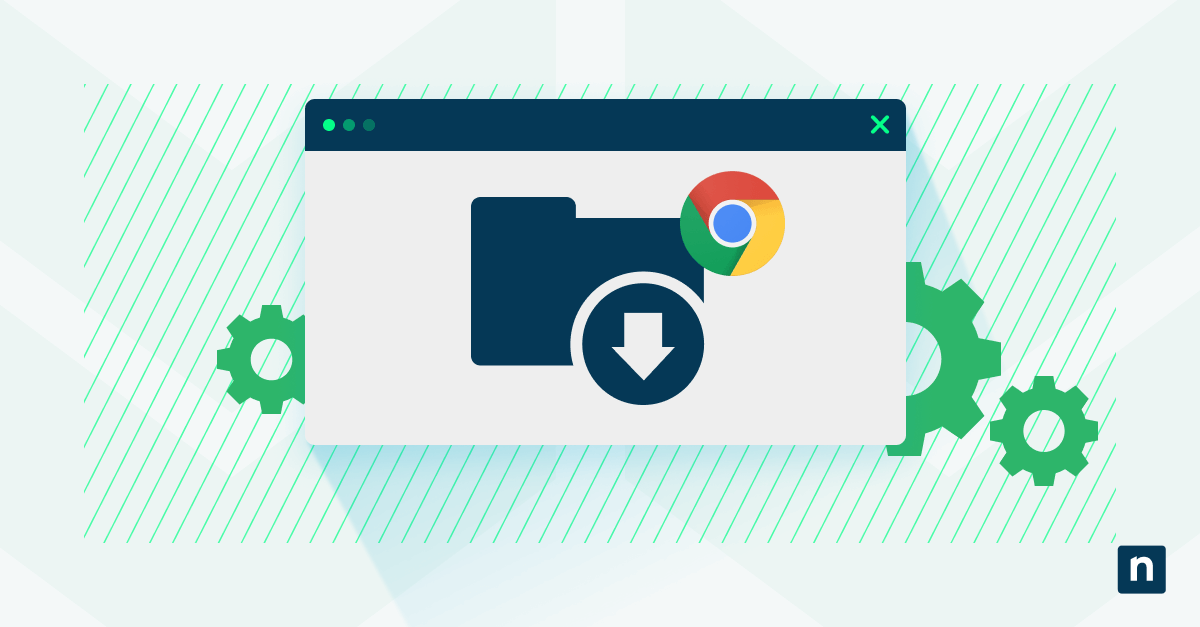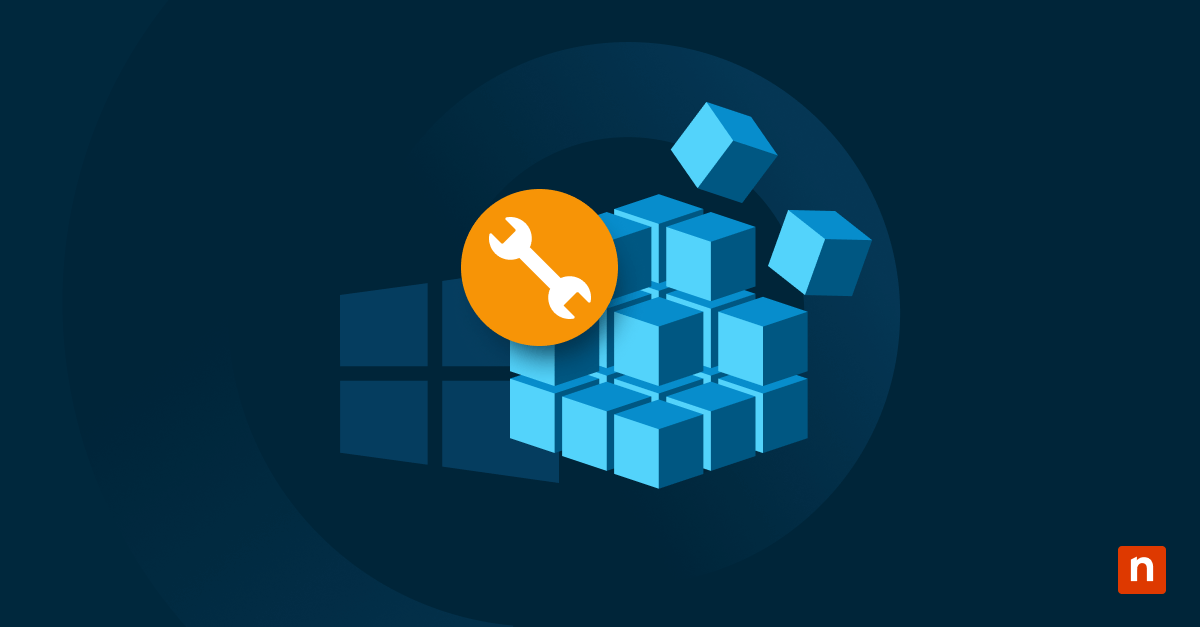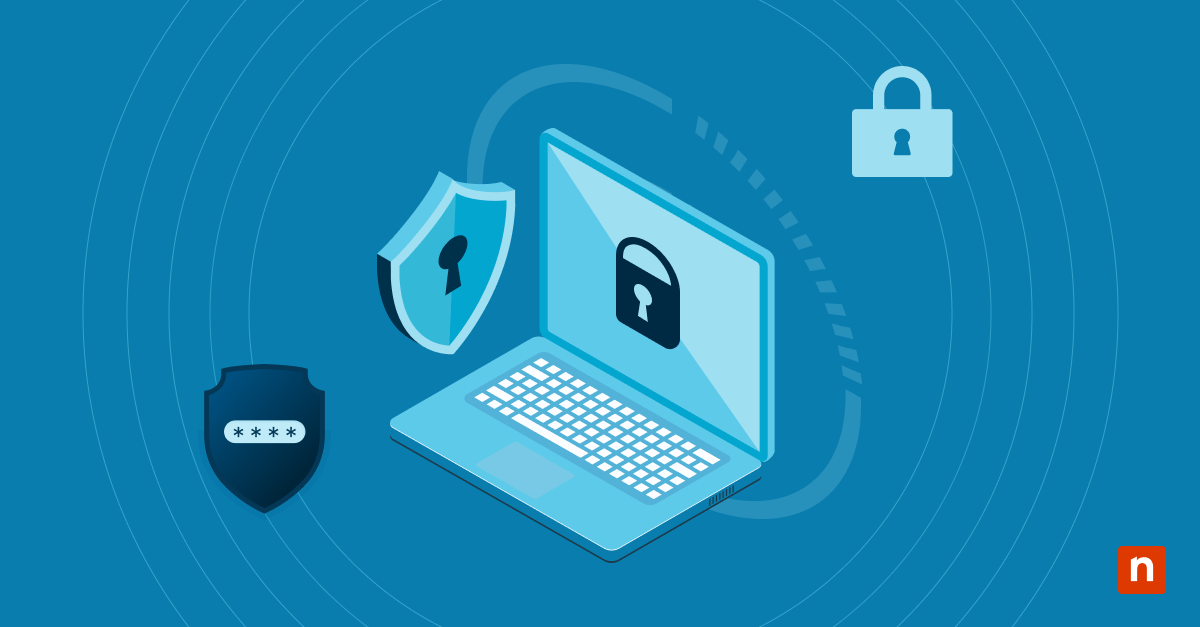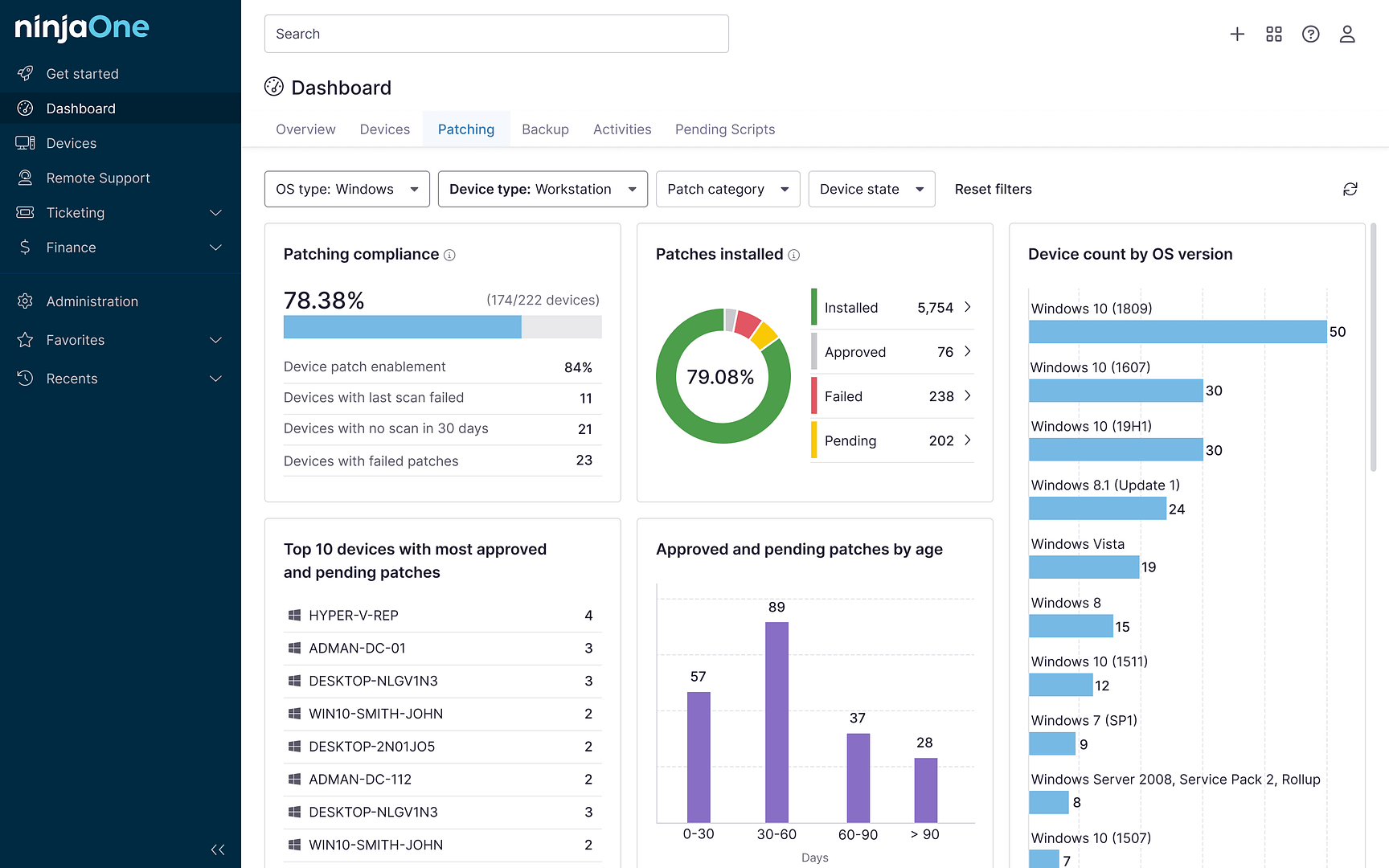With the rise of remote work, distance learning, and the growing need for technical support, remote management for iPads and iPhones has become more important than ever.
Whether you’re an IT professional looking to assist employees or a parent wanting to keep an eye on your child’s device, knowing how to remotely access these devices can save time and streamline tasks. In this guide, we’ll show you how remote management for iPads and iPhones work, and then walk you through the best methods and tools to learn how to remotely access and control iPads and iPhones, ensuring you stay connected no matter where you are.
Streamline the management of your Apple mobile devices in one centralized dashboard.
Learn more about NinjaOne Apple MDM. →
Why remotely accessing iPads and iPhones is essential
The remote management of iPads and iPhones offers a range of practical applications for personal and professional uses. Here are some of the most common use cases of remote access on these devices:
Personal use
- Parental controls: Remote access to iPads and iPhones provides a powerful way for parents to implement parental controls. Whether monitoring app usage, restricting content, or managing screen time, iPhone or iPad remote control allows parents to ensure their children use their devices safely and appropriately without needing to physically take the device away.
- Faster troubleshooting: Instead of lengthy phone calls, users can share their screen with a trusted person for quick issue resolution.
- Convenience and security: Remote access ensures that individuals can manage their devices efficiently, especially for security purposes when their iPhones or iPads are lost.
Business use
- Remote IT support: One of the most common use cases is providing remote IT support, where technicians can quickly troubleshoot issues without being physically present.
- Device management: For companies with a distributed workforce, managing devices for employees becomes much simpler with remote access.
- Business operations: For companies using iPads as point-of-sale systems or other business functions, iPad remote control ensures operations stay on track even if issues arise.
- Minimizing downtime: IT teams can monitor devices, push software updates, or resolve technical problems without interrupting an employee’s workflow, ensuring maximum productivity with minimal disruptions.
Remote access for IT management vs. personal use
While both businesses and individuals can benefit from remote access to iPads and iPhones, the features and requirements for each use case are significantly different. Let’s explore the key distinctions between remote access for IT management and personal use.
Features and requirements for businesses (IT management)
Enterprise-grade solutions are essential for businesses, especially those managing a large number of devices. Key features include:
- Mobile Device Management (MDM): MDM solutions like NinjaOne MDM offer centralized control over all devices. These tools allow IT administrators to manage iPads or access iPhones remotely from a computer or mobile device, enabling IT teams to push updates, manage security policies, and monitor device performance across multiple devices in real time.
- Comprehensive security: Enterprise solutions prioritize data security, offering features such as encryption, automated backups, and compliance with industry standards like HIPAA or GDPR.
- Scalability: MDM platforms are built to handle hundreds or thousands of devices, making it easier for businesses to manage a distributed workforce or large-scale device deployment.
- Automation: IT automation features allow IT teams to schedule updates, track device health, and ensure software compliance without manual intervention.
Features and requirements for personal use
In contrast, personal users need more user-friendly, lightweight tools for basic troubleshooting or occasional assistance. Common requirements include:
- Ease of use: Tools like TeamViewer and AnyDesk are designed to be simple, offering features like screen sharing and basic troubleshooting without complex setups.
- Minimal setup: Personal remote access tools usually require just a quick app download and ID sharing to establish a connection, with little need for technical expertise.
- Privacy control: Personal users are typically concerned with ensuring that only trusted individuals can access their devices, so features like one-time session permissions and limited access are key.
In summary, enterprise solutions, like MDM platforms, offer robust, centralized control and security for large-scale device management. They are marketed towards IT professionals with technical expertise. Meanwhile, consumer-friendly tools, such as TeamViewer and AnyDesk, focus on ease of use and quick setup which is ideal for personal to small business-grade troubleshooting. Given their intended use case, they usually lack advanced features required for enterprise environments.
How to remotely access an iPhone or iPad
Remotely accessing iPhones and iPads encompasses several methods and steps.
Using built-in Apple tools for iPhone or iPad
Apple has built-in tools such as Find My, Messages, and FaceTime, that can be used for remotely accessing Apple devices running on iOS and iPadOS. These tools are readily installed on iPhones, iPads, Macs, and Macbooks when you buy them.
Find My
Apple’s Find My is primarily used for lost or stolen devices, specifically those supported within the Apple ecosystem, such as iPhones and iPads. The application for iOS and macOS devices allows location tracking, remote locking, and wiping a device. Find My lets you access an iPad or iPhone remotely from a computer, an iPhone, or an iPad, making it an essential tool for recovering lost or stolen devices and protecting personal information. Here’s how you can use Find My:
- Set up Find My: Go to your iPhone/iPad’s Settings > Find My. Tap Find My iPhone or Find My iPad and toggle it on.
- Set up Location Services: Find My only works when Location Services are on. Go to Settings > Privacy & Security > Location Services. Ensure that Location Services is toggled on.
- Start using Find My: Once prerequisites are met, you can start using Find My features for:
-
- Locating your device:
- Open the Find My app on another Apple device or visit iCloud.com and sign in with your Apple ID.
- Select the missing device to view its location on the map.
- If the device is nearby, you can tap Play Sound to help locate it.
- Activating Lost Mode:
- Open the Find My app on another Apple device or visit iCloud.com and sign in with your Apple ID.
- Select the missing device to view its location on the map.
- Select Lost Mode and read the disclaimers.
- Click Continue. This will lock your device with a passcode and display a custom message with your contact information on the lock screen.
- Wiping your device:
- Open the Find My app on another Apple device or visit iCloud.com and sign in with your Apple ID.
- Select the missing device to view its location on the map.
- Scroll down to the bottom of the device information panel until you see Erase This Device.
- Click Erase This Device. This action remotely wipes all data on the iPhone/iPad. Note that this action is irreversible and will remove all personal information.
- Locating your device:
Messages
Apple’s native communication app, Messages, can also initiate remote sessions via its Screen Sharing feature. This allows iPhone and iPad users to share their screens with another iOS/iPadOS user, facilitating remote assistance and collaboration. Here’s how it works:
- To share your screen with someone:
- Open Messages to start a conversation with the person you want to share your screen with.
- Tap the
 button and select Share My Screen from the menu.
button and select Share My Screen from the menu.
- To view another person’s screen:
- Open Messages to start a conversation with the person you want to view the screen of.
- Tap the
 button and select Ask to Share Screen from the menu.
button and select Ask to Share Screen from the menu.
FaceTime
While the Messages app can help initiate device connections from one iPhone/iPad user to another, its functionality is only limited to real-time screen sharing. In this case, FaceTime can be helpful for deeper, personal-grade iPhone or iPad remote control usage. Here’s how you can use FaceTime to remotely control someone’s screen or let someone remotely control yours:
- To remote control someone’s screen: When a screen is shared with you, you can request to control it remotely.
- While on a FaceTime call, tap the window showing the shared screen.
- Tap the
icon. Wait for the other party to accept your remote control request.
- Once they accept your remote control request, you can tap, swipe, or use the onscreen keyboard within apps on the shared screen.
- To let someone remote control your screen: When someone wants to remote control your screen, they can do Step 1 to send you a remote control request.
- Accept the remote control request by tapping Accept on the prompt that appears on your screen.
- Once you accept the remote control request, the other party can tap, swipe, or use the onscreen keyboard within apps on your shared screen.
While Apple’s built-in tools offer remote access features, they fall short of professional IT management. These tools don’t provide the ability to fully control devices, making tasks like troubleshooting or managing apps remotely more challenging. This is where dedicated remote access tools come in.
Using enterprise solutions to access an iPhone and iPad remotely
Endpoint management and RMM tools like NinjaOne have iPhone and iPad remote control capabilities that built-in Apple tools lack. These features include advanced functionality needed for large-scale IT environments, such as integration with mobile device management (MDM) systems, limiting their use in comprehensive IT support or enterprise settings. Enterprise solutions helps remote management of iPads and iPhones for large organizations that may require more than basic troubleshooting functionalities.
How to set up remote access for iPads and iPhones
Setting up remote access for iPads and iPhones varies depending on the tool you use, but the general process includes similar steps across most platforms. Below is a step-by-step guide for setting up remote access using NinjaOne MDM and key security measures to consider.
Through NinjaOne MDM
- Sign up for NinjaOne’s MDM platform and install the NinjaOne Agent on the iPad or iPhone.
- Configure device settings via the MDM dashboard, allowing for iPhone and iPad remote control, updates, and security management.
- Link the iPad or iPhone to the NinjaOne management console for centralized control.
-
- Device prerequisites: Latest iOS version supported for full functionality.
- Permissions: Grant full administrative permissions through the MDM profile.
- Security: Use encryption and strong passwords and set device restrictions for added security.
By following these steps, you can easily set up Apple mobile device management, whether you’re using a basic solution like TeamViewer or a comprehensive remote access system like NinjaOne MDM.
Best practices for secure remote access
Security is a top priority when setting up remote access tools for iOS. Without the right safeguards, remote access can expose devices to unauthorized access, data breaches, and other security risks. Following these best practices will help ensure your remote access sessions are secure and your data stays protected.
Enforce encryption
Always choose remote access tools that offer end-to-end encryption. Encryption ensures that any data transmitted between devices is unreadable to unauthorized users. Whether it’s screen sharing, file transfers, or device control, encrypted connections protect your information from being intercepted by attackers.
Leverage two-factor authentication (2FA)
Enable two-factor authentication (2FA) for all remote access sessions. 2FA adds an extra layer of security by requiring users to verify their identity with a second factor, such as a code sent to a mobile device or email. This prevents unauthorized users from accessing your device, even if they have your password.
Prioritize data privacy
Be mindful of data privacy when using remote access tools. Limit access to only the necessary areas of the device and avoid sharing sensitive information during remote sessions. If you provide remote IT support or manage devices for others, always communicate how data will be handled and ensure proper privacy policies are in place.
Manage device permissions
Carefully manage device permissions to control what remote users can access. Before granting remote control, review permissions and restrict access to sensitive apps or data. Some tools allow you to grant different levels of access, so choose the most secure option that fits your needs.
Avoid security pitfalls
Common security pitfalls may pose risks to remote-controlled devices. Here are some of the risks and how to mitigate them:
- Unauthorized access: To prevent unauthorized access, always verify the identity of the person or service accessing your device before granting control. Avoid granting remote access to unknown or untrusted sources.
- Weak passwords: Use strong, unique passwords for your remote access tools. Avoid using default or easily guessable passwords, and consider using a password manager to securely store your credentials.
- Outdated software: Keep both your device and remote access tools updated with the latest software versions. Security patches often address vulnerabilities that hackers could exploit.
By incorporating these security measures—such as encryption, two-factor authentication, and strict permission settings—you can protect your devices from unauthorized access and ensure your data remains secure during remote access sessions.
Frequently Asked Questions (FAQs)
How secure is remote access on iOS devices?
iOS devices are highly secure for remote access when proper precautions are taken. Most remote access tools use end-to-end encryption to protect your data. Additionally, features like two-factor authentication (2FA) and secure permissions management help ensure that only authorized users can access your device. However, it’s essential to use reputable tools and keep your iOS device updated to the latest software version for maximum security.
What are the common challenges when remotely accessing iPads or iPhones?
Remote management for iPads and iPhones doesn’t come without challenges. One common challenge is the limited control that some tools offer due to Apple’s strict security policies, which restrict full iPhone and iPad remote control. This means that many tools can only offer screen sharing rather than full remote management of remote management of iPads and iPhones. Another challenge is ensuring a stable and fast connection, as remote access tools can struggle with poor network quality, leading to lag or disconnection.
Can I access my iPhone or iPad without third-party apps?
Yes, Apple offers limited built-in options for remote access. The Find My tool allows you to remotely locate, lock, or erase a device, and Screen Sharing via FaceTime enables you to share your screen for troubleshooting. However, these options do not provide full remote control. For comprehensive remote access, you’ll need third-party tools like TeamViewer or NinjaOne MDM.
→ Start your 14-day free trial of NinjaOne Apple MDM.
In summary
Whether you want to access an iPhone remotely or manage an iPad, managing these Apple devices requires a robust tool for both personal and professional use. Apple’s built-in options, such as Find My iPhone and Screen Sharing via FaceTime, offer basic functionality but are limited to IT management needs.
On the other hand, more advanced tools allow IT administrators to troubleshoot, manage devices, and provide technical support from anywhere. Third-party solutions, like NinjaOne MDM, provide more comprehensive features, each with varying levels of ease of use, security, and cost. Implementing best practices—such as encryption, two-factor authentication, and strict permission settings—ensures secure and efficient remote access.
Whether for business or personal use, choosing the right tool based on your specific needs is essential to maintaining productivity and security.


